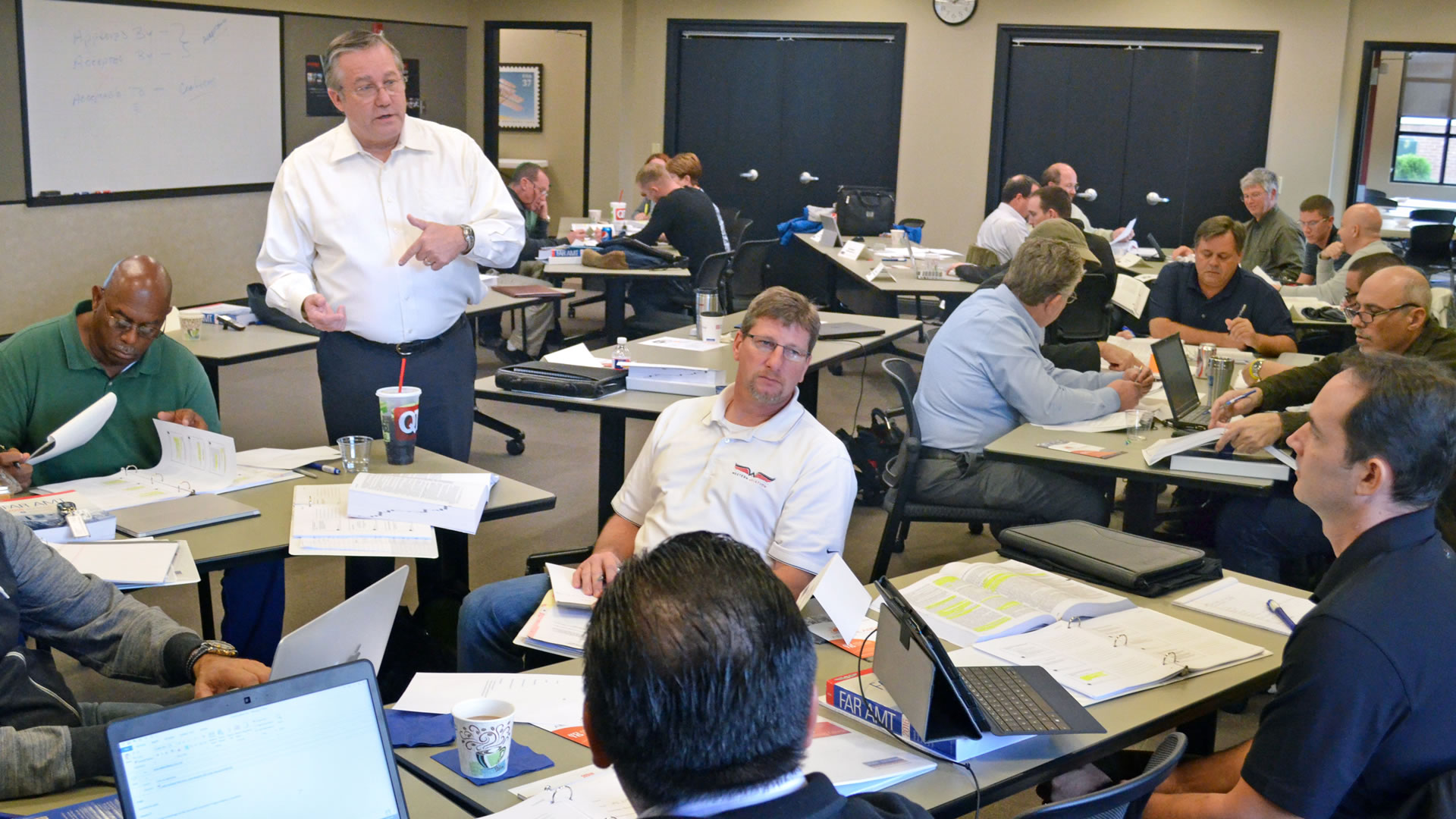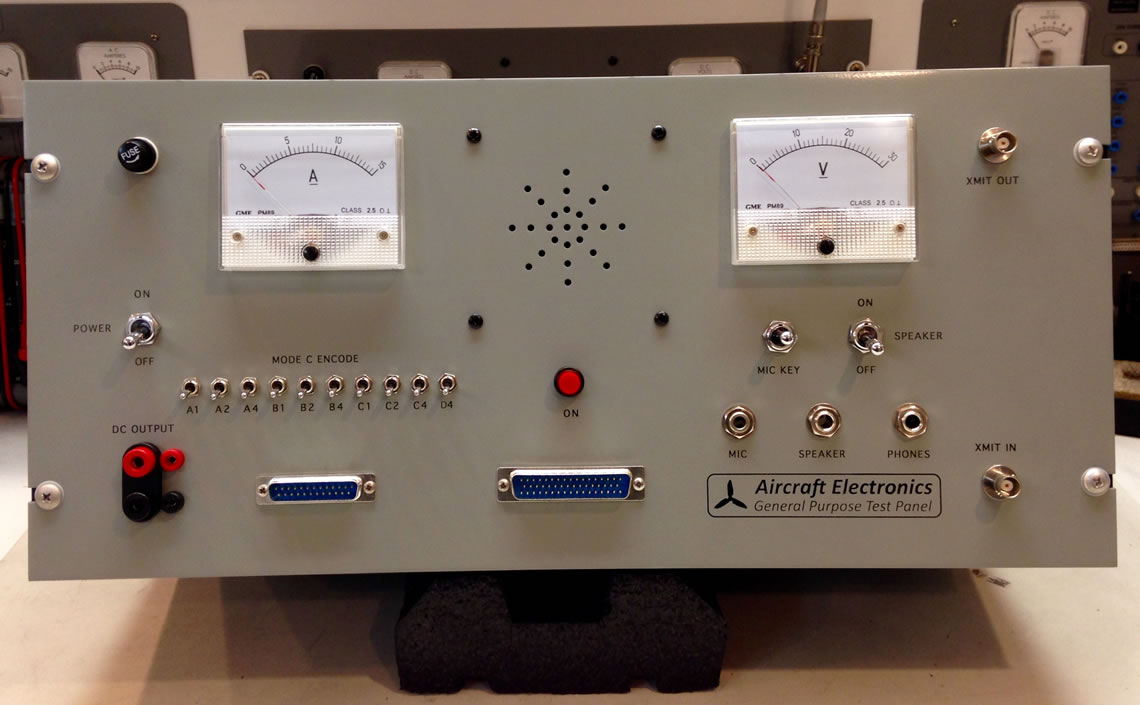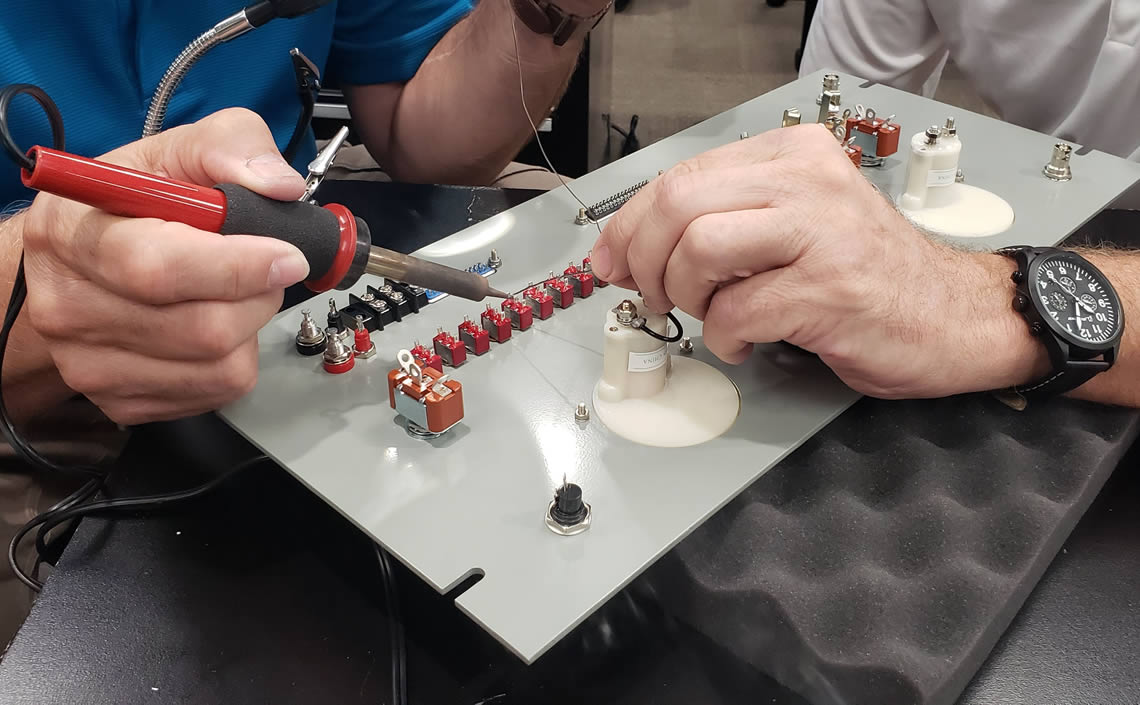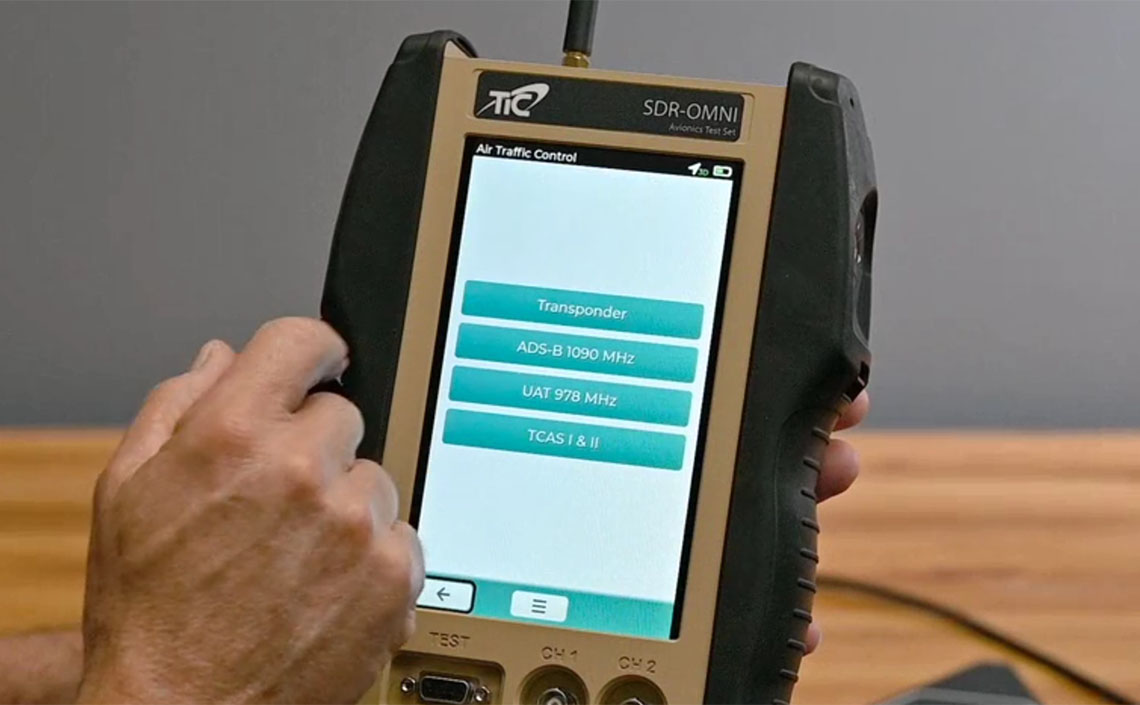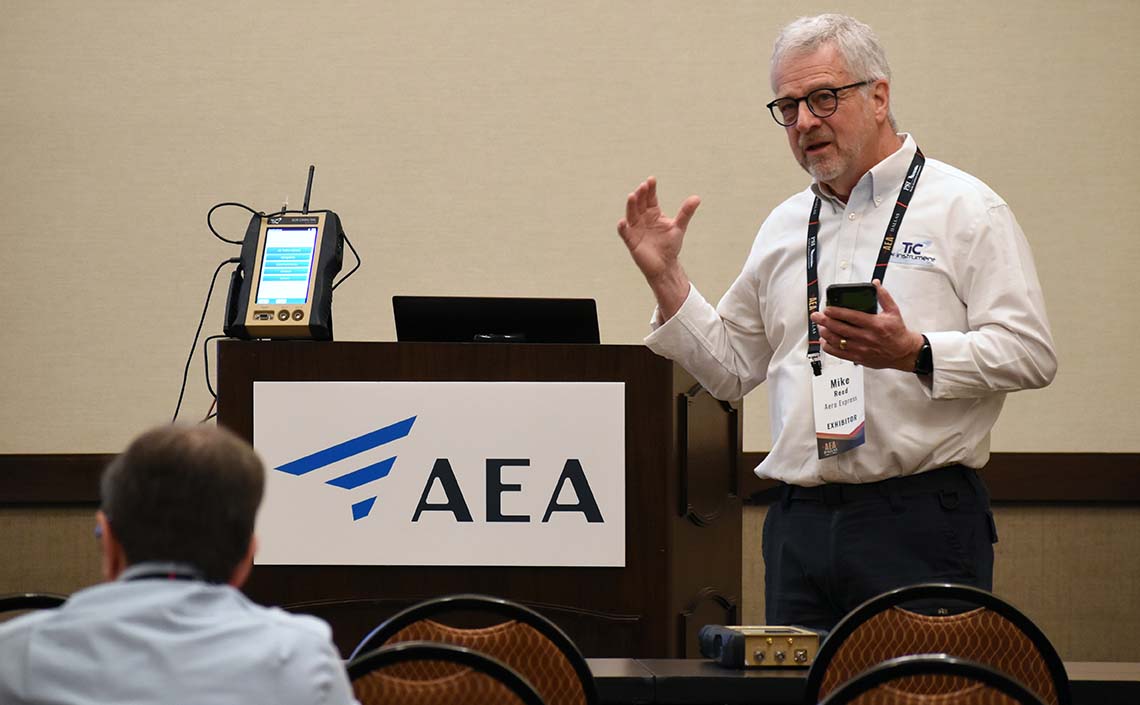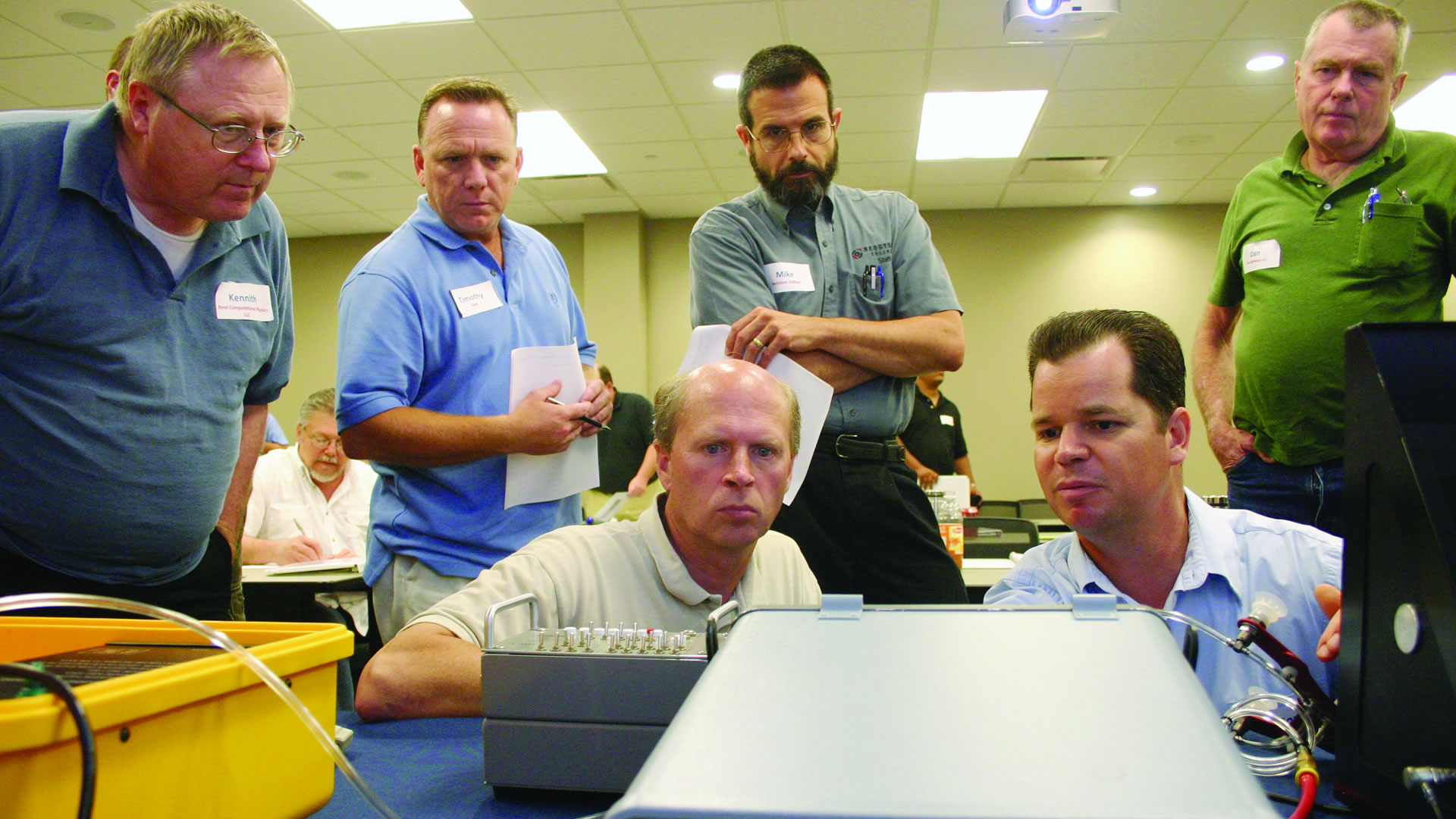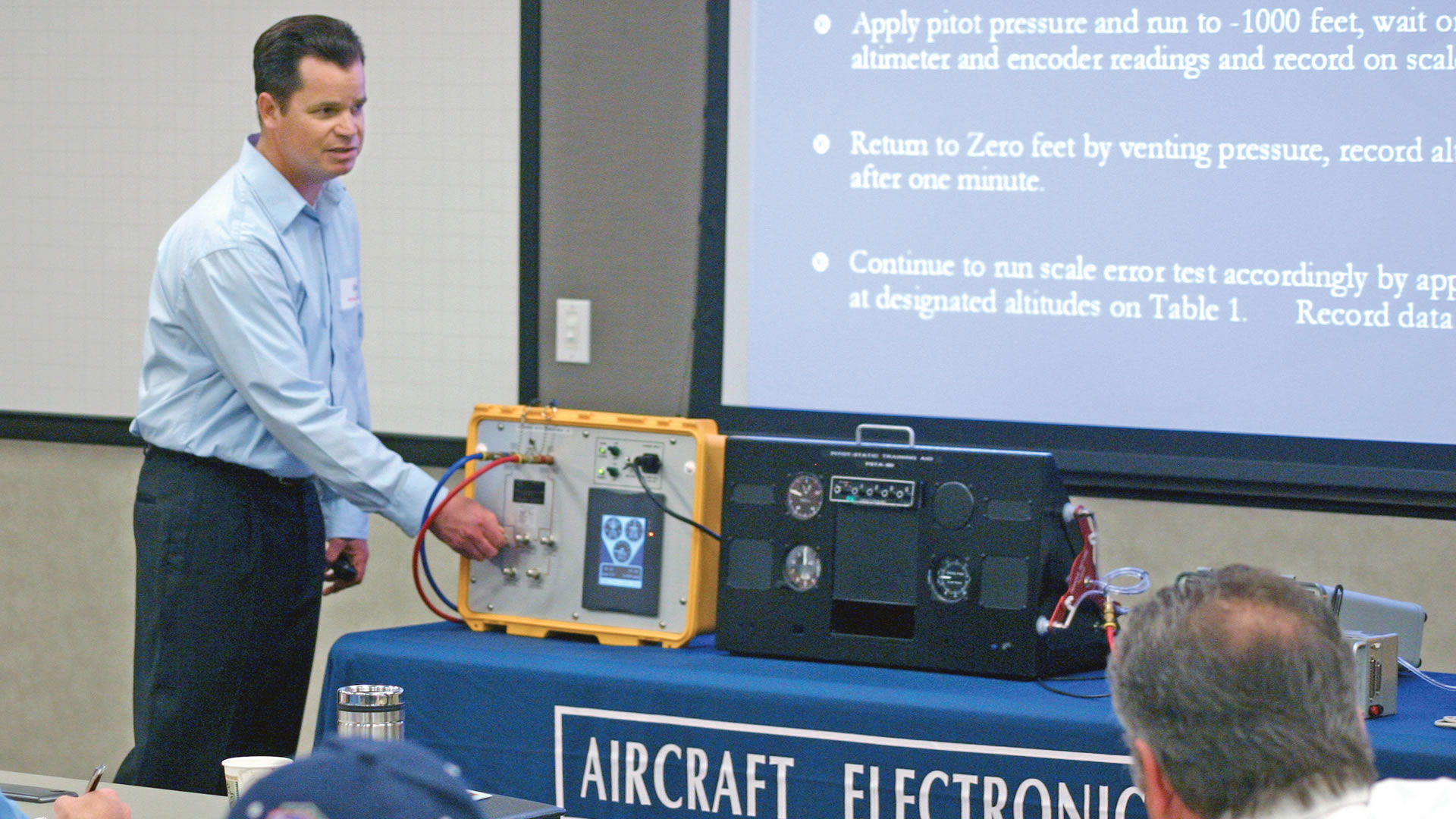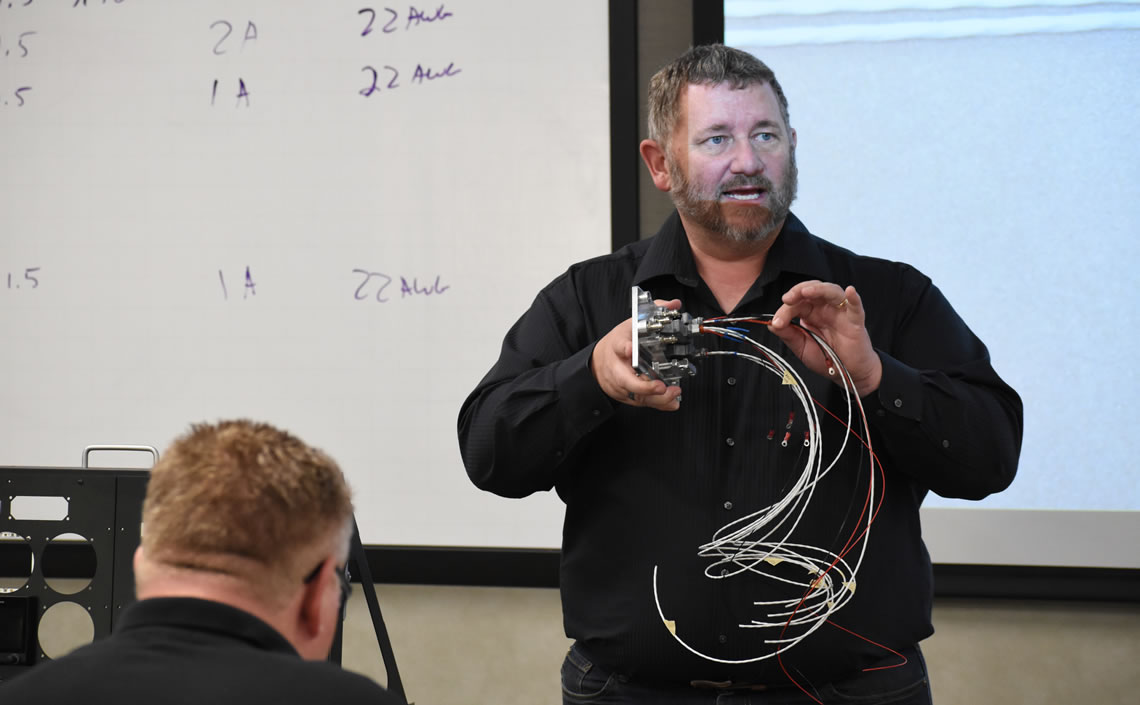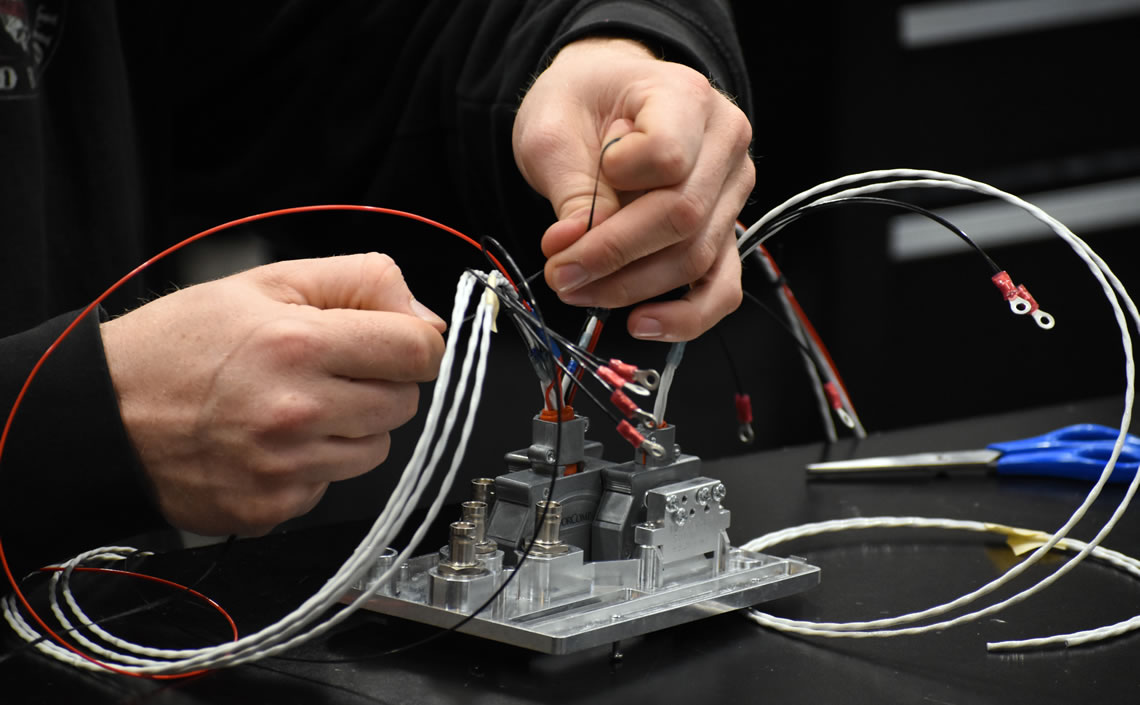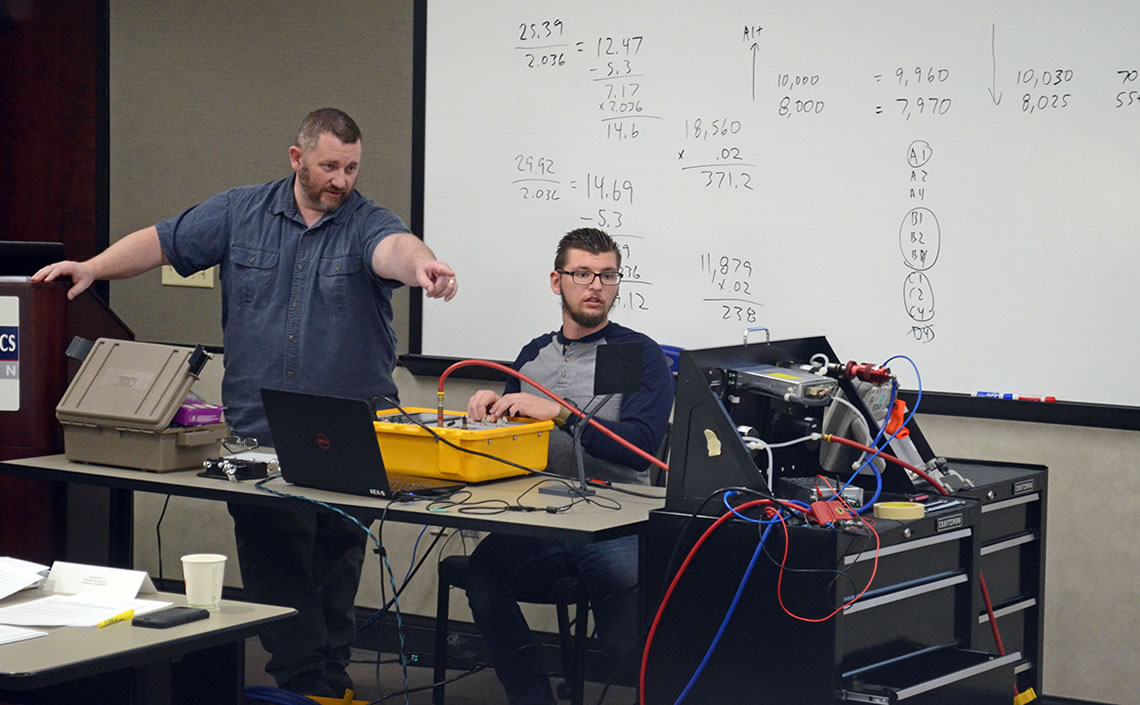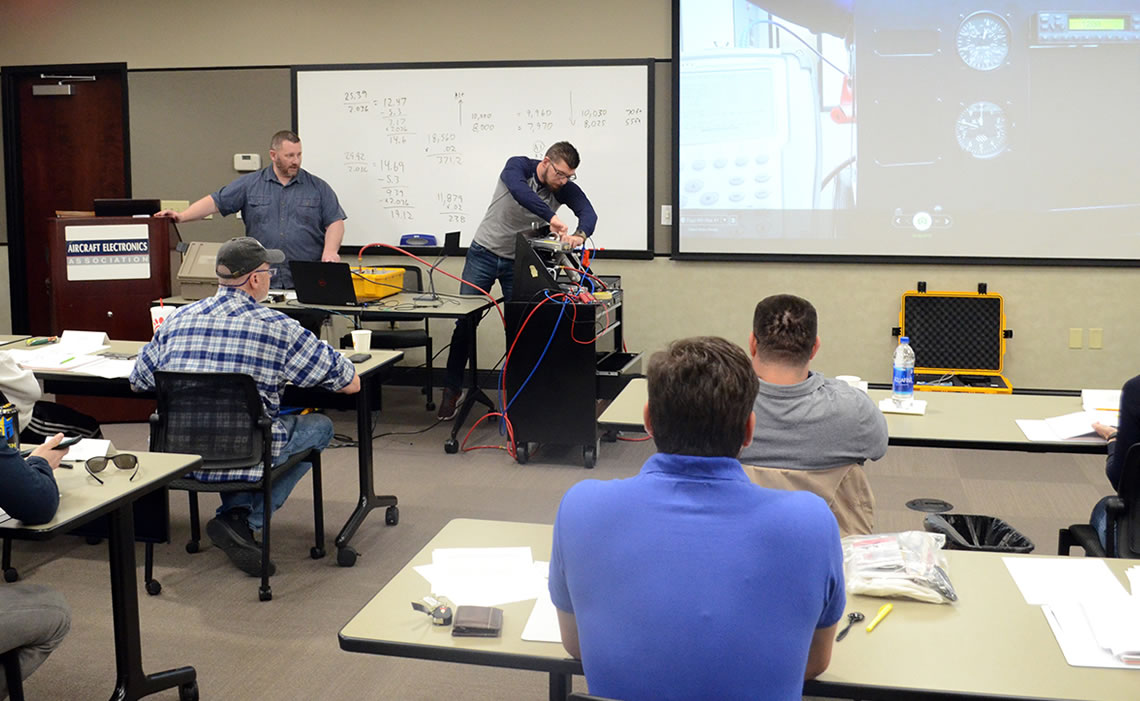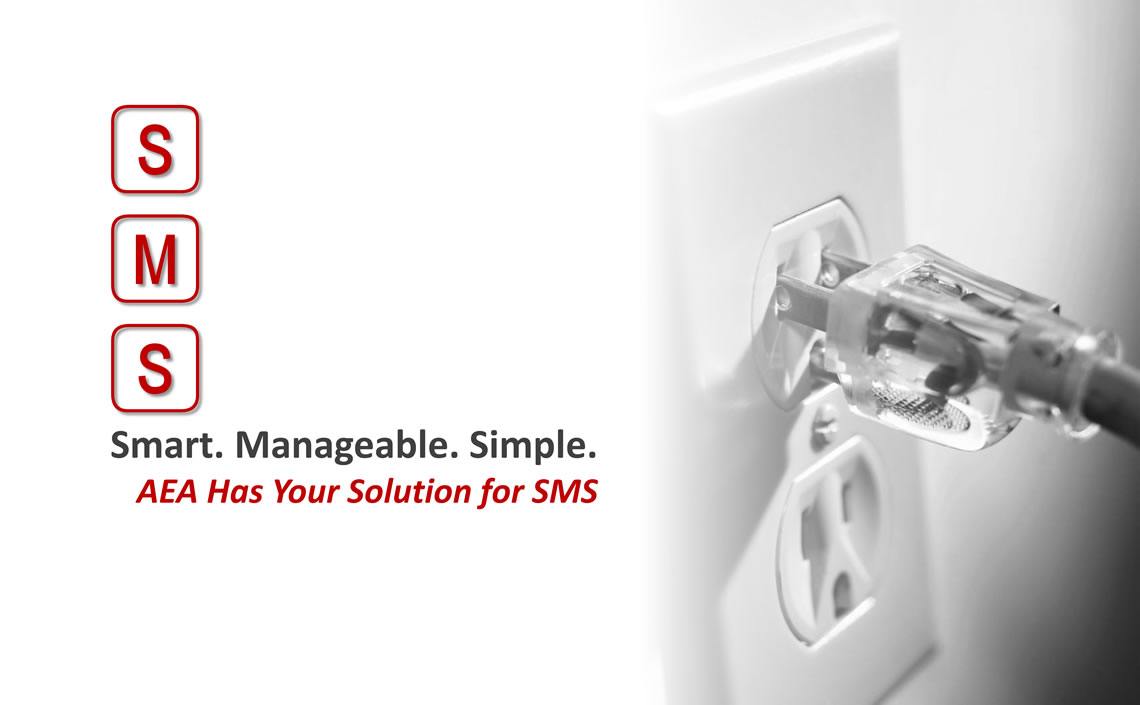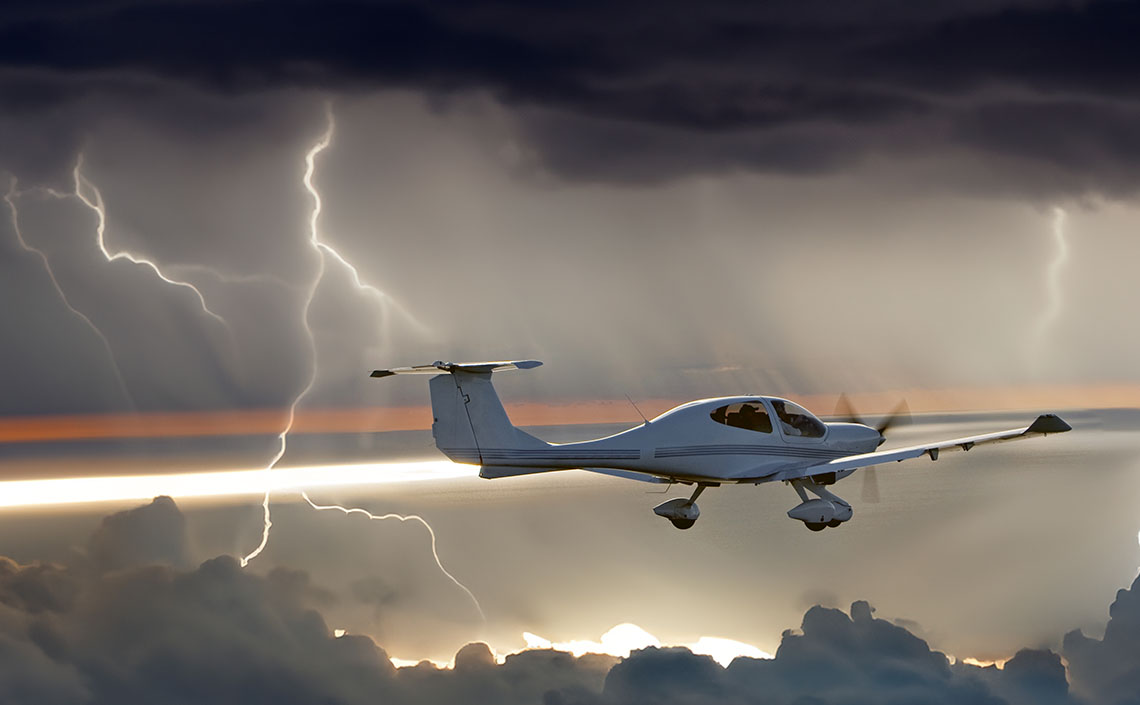Understanding the regulations of the repair station is only part of the equation. Like pieces of a puzzle, each regulation is needed to fit together in order to fully view the repair station’s requirements. Understanding the regulatory relationship between the business (part 145); the maintenance it performs (part 43); the parts it uses (part 21); as well as the needs of customers (part 91) are essential to provide regulatory compliant services in aviation maintenance. This session will cover the basics of the maintenance and modification regulations but more importantly, it focuses on their integrated relationship with the business.
Presented by: Ric Peri, AEA vice president of government & industry affairs. (bio)
Highlights:
- Review the regulations applicable to a U.S. certificated repair station engaged in maintenance, preventive maintenance and alterations of U.S. registered aircraft, components or accessories.
- Review 14 CFR Part 145 and how various other regulatory parts interface with Part 145.
- Part 43 – Maintenance, Preventive Maintenance, Rebuilding, and Alteration
- Part 21 – Certification Procedures for Products and Articles
- Part 91 – General Operating and Flight Rules
Who Should Attend:
This course is intended for anyone who has a need to be thoroughly familiar with the Federal Aviation Regulations applicable to repair stations and aviation maintenance as is required by Subpart D to 14 CFR Part 145. In addition, this course provides a refresher for repair station owners, accountable managers, and quality control managers with responsibility for the repair stations processes and procedures who have previously attended the 5-day AEA Certified Repair Station Training course.
Jeff H.
5
Be prepared to gain a foundational familiarity of the organization & content of the regulations. The class provides examples of the implementing the regs what auditors are looking for and best practices. Ric explains how the parts tie together, support each other, and differ. He tailors the content to make it relevant to the students.
Earnest H.
4.8
This is a must attend course as you learn the regulations from different view points (FAA, Maintenance, Customer) AEA brings them all together to give a better understanding and forward direction to follow.
Patrick G.
5
Be prepared to receive a vast amount of info, from someone who has a large part in the writing of the regulations. Don't be afraid to ask questions!
David M.
5
Very dense subject matter but totally worthwhile
Levi S.
5
Ric provides great commentary on Regs and knows this information inside and out
Cornelius O.
4.6
Great course for chief inspection
Dave F.
5
Good overview of part 145 and maintenance part 43
Other Upcoming Courses
Avionics Installation for Experimental Aircraft
This course is targeted for the home builder or avionics technician who wants to learn about performing an avionics installation in an experimental aircraft. The class focuses on the Garmin G3X Touch system, and a simplified example harness is constructed as part of the hands-on portion of the class. While the G3X Touch system is the primary focus, the wiring principles and general guidance can be applied to any experimental avionics system. From the do-it-yourselfer to the avionics shop looking to carve out a niche, this class has something for everyone.
Advanced Avionics Installation & Configuration
Technicians will learn how to plan, install, interface, configure and check out an installation of a primary flight display, EHSI and GPS/Nav/Com consisting of dual Garmin GI 275, a Garmin GTN 650 touch screen, and a Garmin GTX 345 transponder. Designed for technicians who have experience with avionics installation practices and are looking for more training integrating common general aviation installations.
Avionics Service and Testing Fundamentals
Build and Keep Your Test Panel & Harness!
This intensive three-day course is designed for experienced avionics technicians seeking comprehensive training in avionics testing, troubleshooting, and service. Led by industry expert Don Dominguez of Radioman Avionics, participants will gain hands-on experience in bench testing LRUs, flight line testing, and aircraft troubleshooting across various avionics systems. From fundamental concepts to advanced techniques, this course covers a wide range of topics including navigation, communication, and transponder equipment service.
SDR-OMNI Operations Training
Pitot-Static, Transponder, RVSM, and ADS-B: Testing & Inspection
Attendees will learn the proper methods for conducting pitot-static and transponder tests and inspections. This two-day course offers a regulatory review and an explanation of the proper administrative procedures for completing these critical certifications. Preparing and performing RVSM inspection tasks. ADS-B session covering installation, wiring and return to service review.
FAA Accepted 8 Hours - Course # C-IND-IM-170106-K-010-005
Basic Wiring & Avionics Installation
The Basic Wiring & Avionics Installation course is designed for certificated repairmen, new avionics technicians, aviation maintenance technicians and recent graduates interested in improving or acquiring the skills necessary to perform avionics installations. This three-day seminar employs in-depth theory and hands-on lab exercises to immerse the attendee in the best practices used to plan, manage, and install a general aviation avionics panel. Installation lab includes: Avidyne IFD540 FMS/GPS Navigator, Garmin G5 Electronic Flight Instrument & GAD 29 ARINC 429 data bus module, PS Engineering PMA8000BT Audio Panel and Trans-Cal SSD120-35C-RS-232 Altitude Encoder
FAA Accepted 8 Hours - Course # C-IND-IM-161028-K-010-002
ADS-B Configuration, Testing & Troubleshooting
VIRTUAL-LIVE COURSE
This course is designed for currently employed repair station personnel and installers and maintainers of ADS-B systems. Approximately 4.8% of all general aviation ADS-B installations are non-compliant based on the FAA’s ADS-B Performance Monitoring System. This course focuses on the proper configuration and testing of ADS-B installations to ensure your installation meets the performance requirements and regulations. Also included are troubleshooting tips and tricks that will help you resolve the common problems found in ADS-B installations.
AVX-10K & IFR6000/4000 Operations Training
This course is designed to provide maintenance personnel with the knowledge and skills required to operate and configure IFR6000 & IFR4000 to verify and maintain transponder, UAT, TCAS, DME, ILS, VOR, Comms and ELT. Plus a complete review all features and benefits of the AVX-10K Flight Line Test Set with emphasis on testing transponder (Mode S and ADS-B In/Out), UAT, TCAS and DME.
Basic Pitot-Static & Transponder Theory, Testing & Troubleshooting
The Basic Pitot-Static & Transponder course is designed for entry-level avionics technicians or those looking for basic training on pitot-static & aircraft transponder systems. This two-day course covers the history and theory of operation of pitot-static instruments and transponders, as well as system set-up, hands-on testing, and the troubleshooting skills necessary to perform FAR 91.411 and 91.413 checks.
FAA Accepted 8 Hours - Course # C-IND-IM-240718-K-022-0011
Safety Management System Coordinator Training
VIRTUAL-LIVE COURSE
Risk management is a vital element of any successful business. Whether driven by best practices or responding to a regulatory requirement, the AEA has your solution. Leveraged by the 900-strong repair station membership, the AEA developed a proprietary SMS program designed specifically for maintenance organizations. This program is currently used on every continent. The AEA has been coordinating with the Federal Aviation Administration and Transport Canada Civil Aviation, as well as discussions with the Australian government's Civil Aviation Safety Authority and the European Union Aviation Safety Agency, for future acceptance.
Introduction to DO-160 Qualification
Digital Databus Theory & Analysis
VIRTUAL-LIVE COURSE
As today’s modern airplanes become much more technologically advanced, so must the professionals that maintain them. The advanced avionics and instrumentation systems used in these aircraft rely on various forms of digital databus communication. Understanding digital databus theory is becoming more and more important for avionics technicians, and even A&P mechanics, to effectively test and troubleshoot these highly advanced aircraft systems.
Aircraft Instrument Systems
VIRTUAL-LIVE COURSE
This course is designed for avionics technicians or apprentices who want to learn more about aircraft instrument systems and better understand their operation, installation considerations, and maintenance to become more effective troubleshooters. From simple mechanical gauges to complex electrical and electronic systems, this course covers nearly every instrument system in an aircraft.
Certified Repair Station Training
This weeklong course provides an interactive environment to learn, understand and implement the regulations that govern repair station design and operations.
FAA Accepted 5 Hours - Course # C-IND-IM-180621-K-010-001

